Whether it’s for freedom, adventure, spiritual experience, confidence, independence, or community, women are taking to motorcycles with an increased voracity.
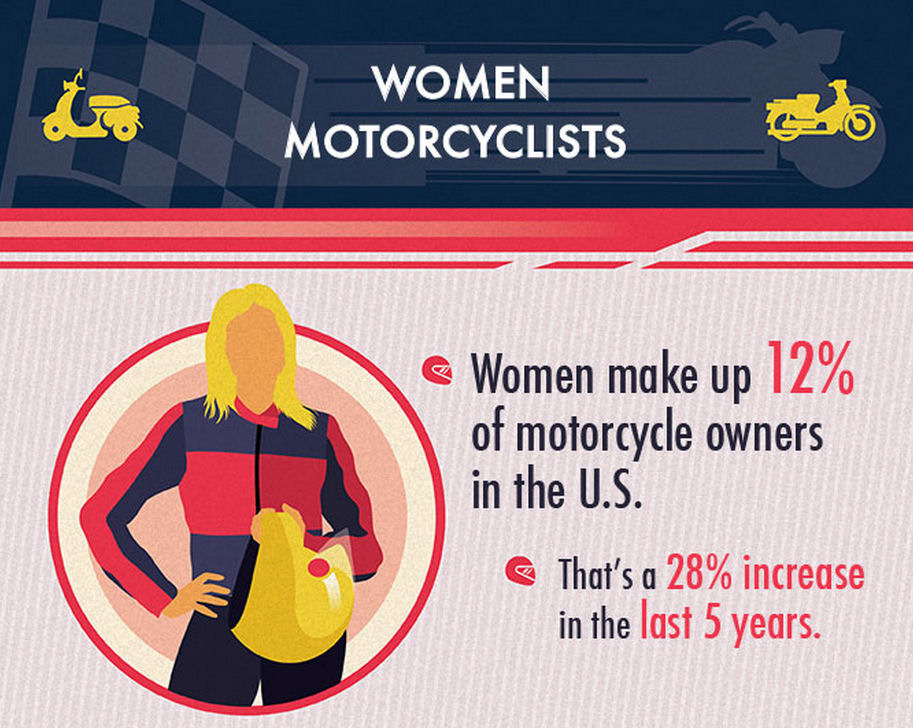
Three years ago, Debra Teplitz, 44, decided to silence the voice in her head that said, “Nice Jewish girls from the North Shore of Chicago don’t ride motorcycles.” Like so many women who are learning to ride in their 30s, 40s, 50s, and beyond, Teplitz has confronted personal challenges, societal stereotypes, and cultural expectations to embrace the freedom and independence of motorcycling. For many female riders, mastering a motorcycle has served as a catalyst for other long-awaited life changes. While their riding is at an all-time high, women on motorcycles are nothing new. We’ve been riding longer than we’ve been voting. Nonetheless, there are a lot more of us now. Women are one of the fastest growing demographics in the powersports industry.
Why Women Ride: The Faces of Female Motorcycling
Freedom
After her divorce in 2007, Wendy Lamparelli, 51, was ready to buy a bike to fulfill a lifelong dream.
Fearing for her safety, Lamparelli’s mom and kids begged her not to, so she ended up with a convertible instead.
But the dream didn’t fade. In June 2012, she made it come true. What does she enjoy most? “The freedom and the
pure adrenaline rush I feel when I’m in control of such a beautiful machine,” she says.
Teplitz, editorial operations manager for a multinational publishing house, loved
riding with her dad. Even as a child, she felt free and relished the special time spent
with him. Years later, while watching her husband learn to ride, she was bitten by the bug.
In spite of being terrified of her klutziness, Teplitz signed up, too. She recalls being so
tense that her body still ached two days after class. In spite of stressing over learning to shift,
dropping the bike, and picking up speed, she passed her test on the first try.
Independence
Now 55, Idaho tourism manager Diane Norton started riding 14 years ago
because she wanted the independence and a better view than the back of a
helmet. She loves riding through Idaho’s scenic back roads alongside her
husband. “It’s my Zen,” Norton says. “I’m completely in the moment.
There’s no cell phone, music, or email that can take me away from my Zen.”
Adventure
Account manager Kelly Geissler, 46, always wanted to ride but never
thought her husband was interested. Kids and careers took precedence and
riding remained something for another day. That day finally arrived for
both of them four years ago. Geissler hasn’t looked back since – except
to check her mirrors.
To Conquer Fears
Three years ago, 46-year-old Christine Watson, learned to ride when
her new husband decided he wanted to ride solo again. It was learn to ride,
or see him less. The fear was almost paralyzing, but she overcame it and now
wonders what took her so long. “I started on a Honda CBR 250, moved up to a 600,
and now I’m on a Ninja 1000,” she says. “Riding’s been the driving force behind
life changes. I now know I can do anything I set my mind to.”
Her excitement and drive hasn’t gone unnoticed. Christine’s 20-year-old
daughter thinks her mom is cool to try new things and conquer fears. “I think it’s
important for people to know you can do anything, no matter what your age,” Watson says.
Community
While riding is often about independence, riders appreciate the
community aspect. “It’s given me a sisterhood with a group of women
that has changed my life,” Watson says.
Speed Bumps and Traffic Cones: Obstacles to Riding
At the age of 16 (which is when I first learned to ride) most of us feel
invincible and immortal – so it’s easy to learn. There’s no fear. Learning as
an adult, however, is a whole different ball game. There’s an established stigma.
Before you can learn, you have to get past myths based on:
- Cultural training
- Opinions of others
- Physical requirements
- Fear of failure
- Fear of success
There are also skill-based fears, remedied through training and practice:
- Operating the clutch
- Turning at slow speeds
- Picking up speed
- Cornering
- Dropping it
- Finding others to ride with
Geissler’s biggest challenge was to get that little voice out of her head that said,
“Why are you doing this? It’s dangerous!” As her time in the saddle increased, so too did her
confidence, and that little voice isn’t even a whisper any more. “It’s cliché to say it’s freedom,
but that’s as close as I can get,” she says. “It’s the ‘don’t fence me in’ spirit. It’s so beautiful
and I can’t help but say a little prayer of gratitude. I’m always grinning.”
A Sisterhood of Riders
“With women’s affinity toward connection, it’s only natural these riders want to connect with each
other,” says Genevieve Schmitt, founder and editor of Women Riders Now, the longest-running and most
comprehensive resource for female motorcyclists. “As a result there are hundreds of women’s motorcycle riding clubs
across the U.S. and Canada,” she says. These clubs provide an outlet for women to meet
up on a regular basis and share their passion for motorcycling. “It’s also a way for new riders to
get integrated into a community of like-minded riders,” Schmitt says.
One of those organizations is Women On Wheels (WOW). By day, WOW president Cris Baldwin is
the assistant dean and registrar for the Sam Fox School of Design & Visual Arts at Washington University
in St. Louis. But she devotes most nights and weekends to the not-for-profit organization. WOW has 75
Chapters in the U.S. and approximately 1,500 members worldwide. “This already gives me a network of
females not accessible to me prior to WOW,” Baldwin says.
Women Take the Industry By Storm
Most telling of women’s impact on a still male-dominated arena is their entry
into leadership positions in the powersports industry.
In February 2013, Maggie McNally-Bradshaw, an IT Specialist for New York State,
was unanimously elected chair of the American Motorcyclist Association (AMA) board
of directors. She is the first woman to lead the AMA board in the association’s 89-year history.
McNally-Bradshaw is used to defying the odds. It was her feistiness and pure determination
that got her riding at 19. She and a group of friends were talking about dream cars. When 5’1”
McNally-Bradshaw said she wanted to get a motorcycle, one of the guys said, “You can’t. Girls
don’t ride motorcycles.” She had her permit within a week, and now teaches part-time.
Sarah Schilke, Head of Marketing and PR for Schuberth North America and Held USA,
became the first woman to serve on the Board of Directors of the Motorcycle Industry
Council (MIC) in its 100-year history. An avid street rider and amateur off-road racer,
Schilke has been riding motorcycles for 20 years and worked in the motorcycle field for
almost as long.
Like many women, Cam Arnold – MIC’s VP of Communications –
learned how to ride from her college boyfriend. She enjoyed it,
and bought a bike, which became her main form of transportation for years.
A couple of close calls spooked her and she sold her bike to a friend, whom
she later married. She had her bike back! Also typical of many women’s stories, Arnold took a break while
focusing on family and career. She and her husband returned to riding once the kids were grown,
and don’t plan on stopping any time soon.
In a move that’s a huge boost for women riders, PowerLily, a private
LinkedIn group for women in the powersports industry (with more than 300 active members),
recently became part of the MIC. Arnold will lead the program and work closely with its members
to integrate MIC resources. “We’ll have support from all segments of the industry,” she says.
Industry leader Harley-Davidson has been pursuing women riders for years, with programs
such as the Garage Party, designed to take the intimidation factor out of walking into a motorcycle
shop. Their strategy worked. Harley-Davidson sold more new on-road motorcycles to women in the U.S.
than all other brands combined in 2013. Perhaps more women have realized the benefits of riding that
can extend to daily lives off the road. “Thousands of women have found riding a Harley-Davidson
motorcycle is a powerful way to tap into their strength, independence, and confidence and take it to
a whole new level,” said Claudia Garber, Director of Market Outreach for Harley-Davidson.
Honda has doubled its market share of female riders in the past five years by focusing on a
proper fit for women riders. The broad appeal of the CTX700 and CTX700N cruisers with their lower
seat height, lower center of gravity, and optional automatic transmission is evident with more
than 30 percent of sales to women. Honda has also introduced lower and narrower seats on sport
bikes, a move that has helped double the percentage of sales to women in that segment.
“I’ve also noticed a shift in more women seeking the adventure style of riding with an eye toward
long distance touring on two wheels,” says Schmitt. The adventure touring motorcycle market has
taken off in recent years; all the new models to choose allow riders more versatility for
touring. Women are seeking out this style of riding and enjoying all the rewards that come
from venturing outside of a set comfort zone and exploring new horizons, Schmitt explains.
Women on motorcycles are powerful. And they’re learning that if you can master your
motorcycle, you can master anything. Transformation that begins with one inspires many
more who are ready to make a change, with an established community waiting to welcome
and provide support.
As women riders’ numbers and strength swell, so too does their positive influence,
both in the powersports industry and in the organizations in which they work and play.
Source: Fix.com










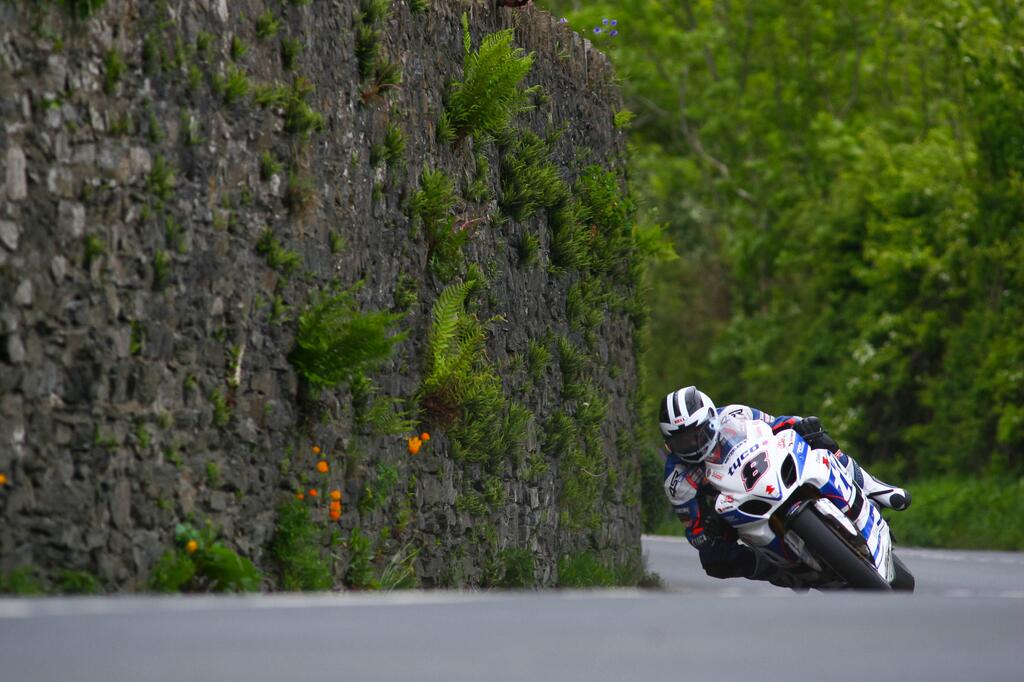
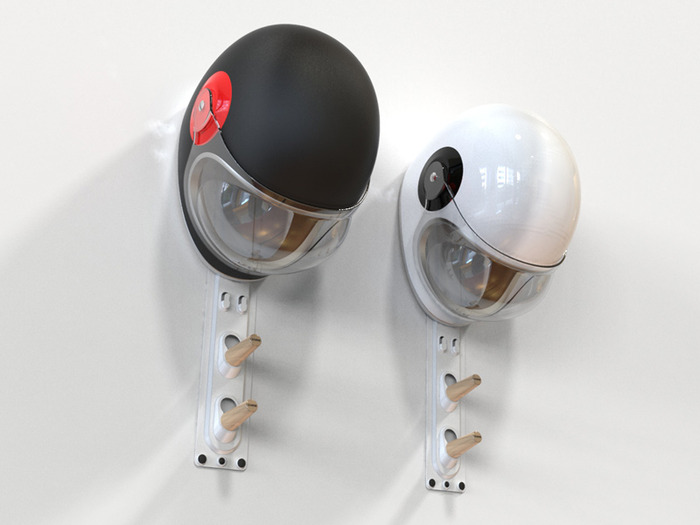
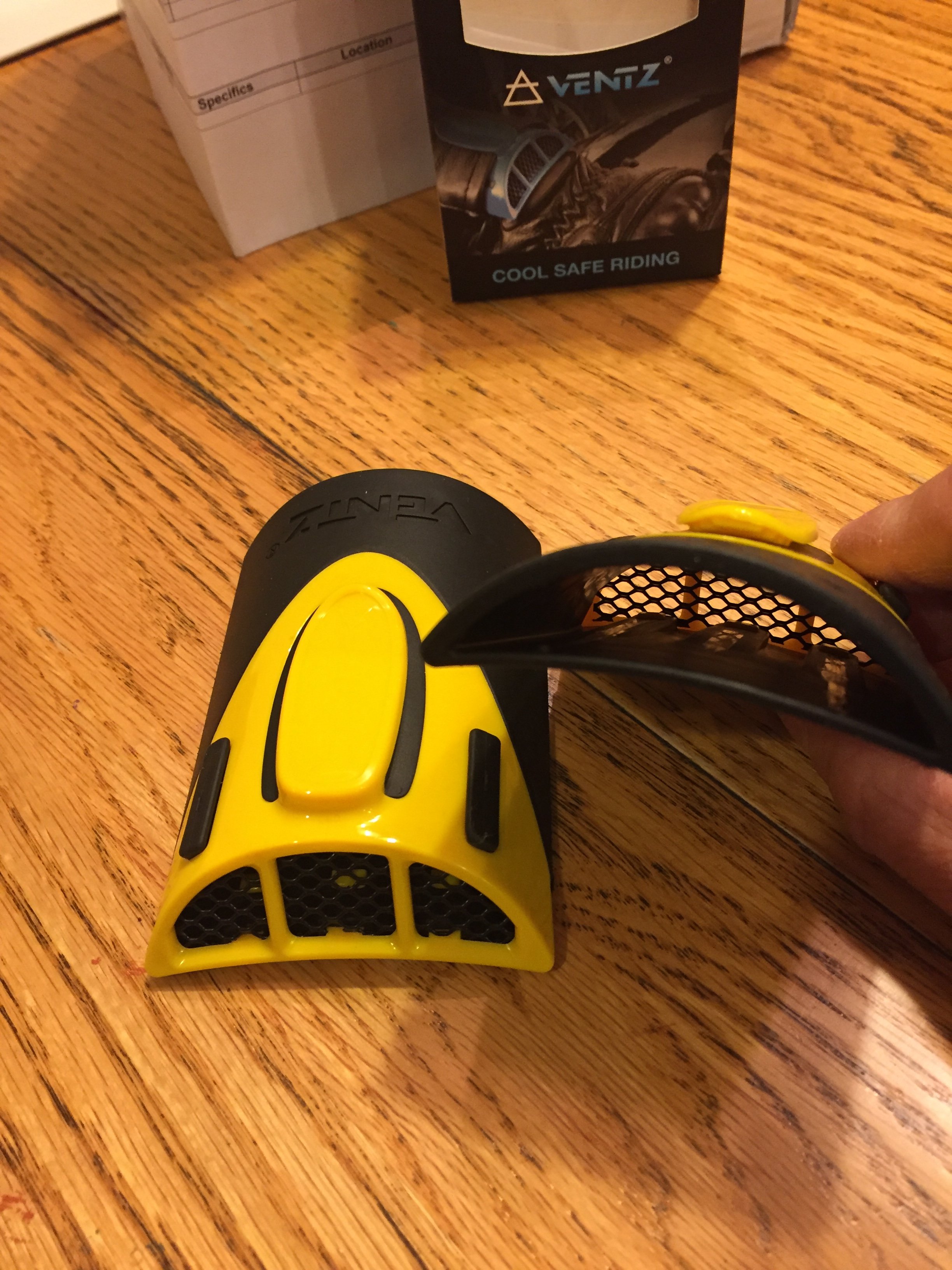
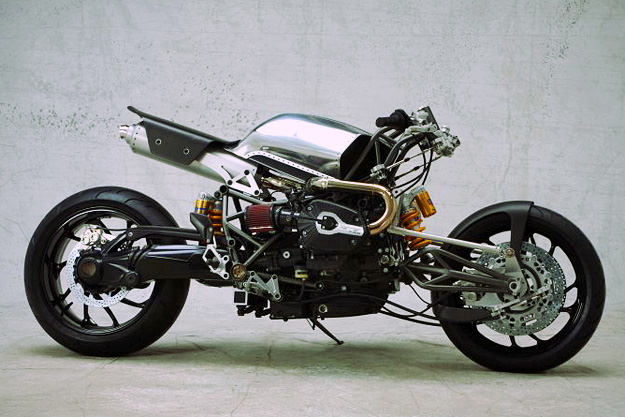
If this trend continues, we can expect in 10 years half of the world driving motorcycle to be females.
More beauty on the road:)